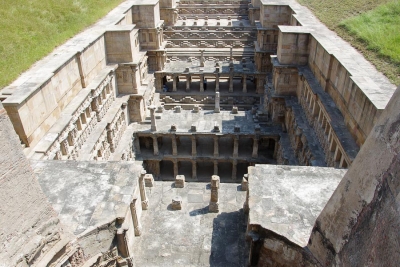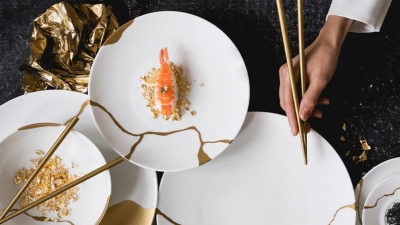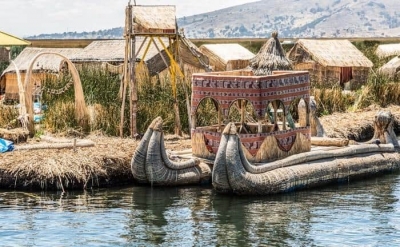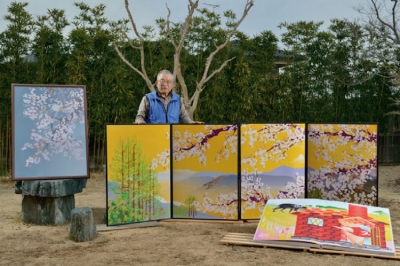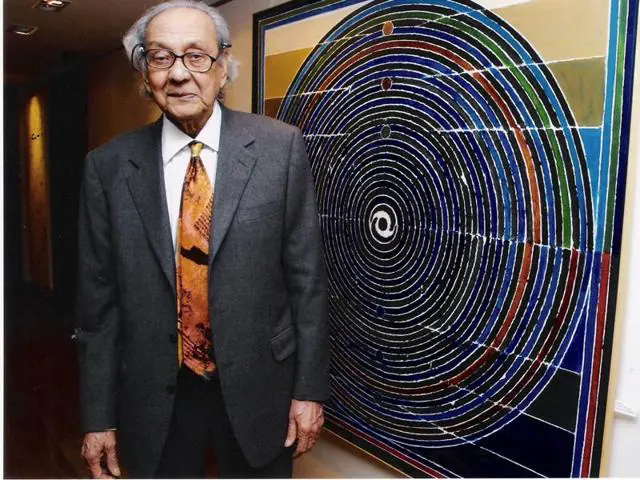Why is Mona Lisa so famous? Does Mona Lisa have her own mailbox?
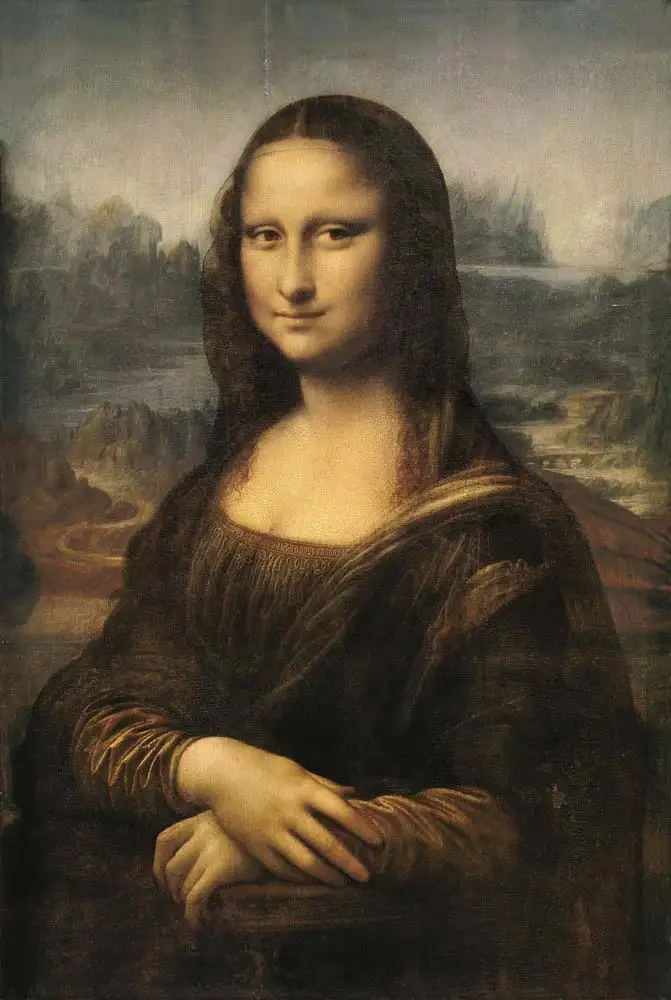
The Mona Lisa is a half length oil-painted portrait by Italian artist Leonardo da Vinci. It has been described as the best known, most visited, most written about, most sung about and most parodied work of art in the world. The masterpiece has been on display at the Louvre in Paris since 1797. Mona Lisa is the only painting to have her own mailbox at the Louvre because of all the letters that are addressed to her. This painting is painted as oil on wood. The original painting size is 77 x 53 cm (30 x 20 7/8 in) and is owned by the Government of France. In France, it is actually illegal to buy or sell the Mona Lisa. It is the most famous painting in the world, and yet, when viewers manage to see the artwork up close, they are likely to be baffled by the small subdued portrait of an ordinary woman.
Mona Lisa, also known as La Gioconda, is the wife of Francesco del Giocondo. This painting is painted as oil on wood. The original painting size is 77 x 53 cm (30 x 20 7/8 in) and is owned by the Government of France and is on the wall in the Louvre in Paris, France.
This figure of a woman, dressed in the Florentine fashion of her day and seated in a visionary, mountainous landscape, is a remarkable instance of Leonardo's sfumato technique of soft, heavily shaded modeling. The Mona Lisa's enigmatic expression, which seems both alluring and aloof, has given the portrait universal fame.
The Mona Lisa's famous smile represents the sitter in the same way that the juniper branches represent Ginevra Benci and the ermine represents Cecilia Gallerani in their portraits, in Washington and Krakow respectively. It is a visual representation of the idea of happiness suggested by the word "gioconda" in Italian. Leonardo made this notion of happiness the central motif of the portrait: it is this notion that makes the work such an ideal. The nature of the landscape also plays a role. The middle distance, on the same level as the sitter's chest, is in warm colors. Men live in this space: there are a winding road and a bridge. This space represents the transition between the space of the sitter and the far distance, where the landscape becomes a wild and uninhabited space of rocks and water which stretches to the horizon, which Leonardo has cleverly drawn at the level of the sitter's eyes.
The painting was among the first portraits to depict the sitter before an imaginary landscape and Leonardo was one of the first painters to use aerial perspective. The enigmatic woman is portrayed seated in what appears to be an open loggia with dark pillar bases on either side. Behind her, a vast landscape recedes to icy mountains. Winding paths and a distant bridge give only the slightest indications of human presence. The sensuous curves of the woman's hair and clothing, created through sfumato, are echoed in the undulating imaginary valleys and rivers behind her. The blurred outlines, graceful figure, dramatic contrasts of light and dark, and overall feeling of calm are characteristic of da Vinci's style. Due to the expressive synthesis that da Vinci achieved between sitter and landscape, it is arguable whether Mona Lisa should be considered as a traditional portrait, for it represents an ideal rather than a real woman. The sense of overall harmony achieved in the painting especially apparent in the sitter's faint smile reflects the idea of a link connecting humanity and nature.
In the Renaissance which brought together all human activities, art meant science, art meant truth to life: Leonardo da Vinci was a great figure because he embodied the epic endeavor of Italian art to conquer universal values: he who combined within himself the fluctuating sensitivity of the artist and the deep wisdom of the scientist, he, the poet and the master.
Credit : Leonardo da vinci
Picture Credit : Google
